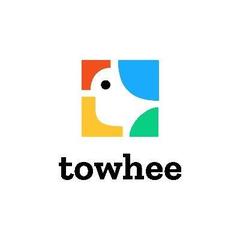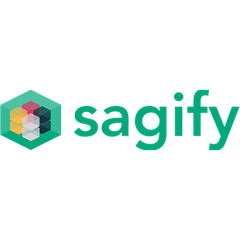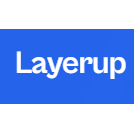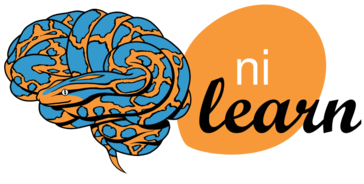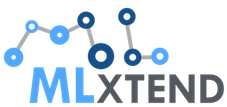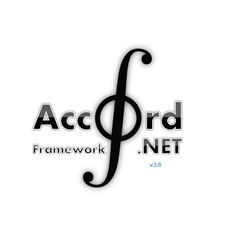
scikit-learn
Scikit-learn is a powerful open-source machine learning library for Python, offering a wide range of algorithms for classification, regression, clustering, and dimensionality reduction. Its modular design allows users to easily create complex data analysis workflows, making it indispensable for tasks like spam detection, image recognition, customer segmentation, and parameter tuning.
Top scikit-learn Alternatives
Towhee
Towhee is an open-source machine learning pipeline designed to transform unstructured data into embeddings across nearly 20 modalities, including images, text, and 3D structures.
Pybrain
Transform text into breathtaking AI images in seconds and enhance them with rich textures and depth.
Sagify
Sagify enhances AWS Sagemaker by streamlining the machine learning process, allowing users to concentrate on their models without getting bogged down by technical complexities.
Crab
Crab, also known as scikits.recommender, is a Python framework designed for developing tailored recommender systems.
Layerup
Revolutionizing support, Layerup's machine learning software employs Conversational AI Agents to provide round-the-clock assistance and enhance customer interactions.
Nilearn
Nilearn offers intuitive and flexible tools for analyzing brain volumes, integrating statistical and machine-learning methods.
KServe
It standardizes inference across various ML frameworks and supports serverless workloads with features like autoscaling...
Gensim
It excels in training powerful models like Word2Vec and LDA, transforming text into semantic vectors...
Gradient
Users can seamlessly explore libraries and datasets, automate workflows, and deploy applications using GPU-enabled Jupyter...
AForge.Video
It simplifies video playback with VideoSourcePlayer, supports simultaneous USB camera testing, and captures snapshots using...
Fido
It features trainable neural networks, reinforcement learning, and genetic algorithms, along with a robotic simulator...
GraphLab Create API
It enables users to easily integrate features like object detection and image classification into applications...
Aquarium
With capabilities for analyzing extensive unlabeled datasets and leveraging few-shot learning, it empowers AI teams...
Mlxtend
It offers an array of machine learning extensions that enhance workflow efficiency, making it ideal...
Accord.NET Framework
It enables developers to create advanced applications in computer vision, signal processing, and statistics, supporting...
scikit-learn Review and Overview
The scikit-learn software was first published by David Cournapeau, way back in June 2007. For more than 12 years, the software has been helping developers to use the integrated features of the Python numerical (NumPy) and scientific libraries (SciPy) to provide better solutions.
An overview
The skicit-learn program was developed by its founder as part of a Google Summer Code Project. The software obtains its name from the fact that is a SciPy toolkit, which together makes it scikit. The software acts as a specifically designed third party application to the SciPy platform. However, as the project started getting recognition, more developers came together to build a much more advanced version of the original software by adding newer features and making the software even more powerful. The scikit-learn software has established its position as one of the most in-demand machines learning languages on GitHub.
Implementation
The developers of the scikit platform have mostly written the program in the Python programming language. The software provides easy integration with the numerical operations of Python and it uses them extensively to allow high-performance mathematical operations within the software. To further support high-performance output by the platform, some of the core algorithms have been written using the more advanced Cython programming language.
Conclusion
The scikit-learn platform is offered to users as open-source software, under the regulations of the BSD license. scikit-learn is used by some of the world’s most famous brands and corporations such as Spotify, JP Morgan and many more. The program has been designed in a way that it can be used by anyone, regardless of the professional background of the person. Although the software is offered completely free of cost, the donations and grants provided by institutions and corporate giants help the software to remain sustainable.
Top scikit-learn Features
- Open source and community-supported
- Wide range of learning algorithms
- Consistent and flexible framework
- Modular pipeline creation
- Seamless integration with Python libraries
- Built on NumPy and SciPy
- Efficient data preprocessing tools
- Comprehensive model evaluation metrics
- Grid search for hyperparameter tuning
- Cross-validation for model validation
- Robust feature extraction methods
- Dimensionality reduction techniques
- Clustering for unsupervised learning
- Extensive documentation and tutorials
- Active user community support
- Versatile applications across domains
- Visualization capabilities for analysis
- Customizable modeling workflows
- Compatible with big data tools
- Integration with Jupyter notebooks.
Top scikit-learn Alternatives
- Towhee
- Pybrain
- Sagify
- Crab
- Layerup
- Nilearn
- KServe
- Gensim
- Gradient
- AForge.Video
- Fido
- GraphLab Create API
- Aquarium
- Mlxtend
- Accord.NET Framework
